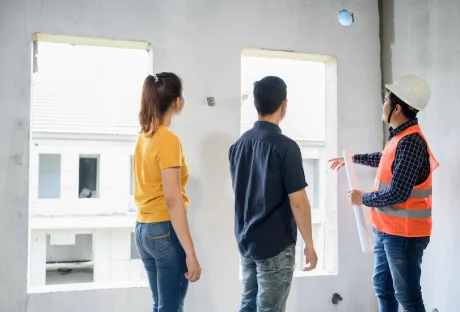If you are debating whether you should take your real estate classes online vs. in person, the former may be the better option! If you’re trying to balance a hectic life – with classwork, full-time jobs, friends, and family obligations – then you may not be able to attend a class in person.
Especially If you look up the local real estate classes and find they are all over 30 minutes away from where you live, you might not have the time or the resources to drive to and from class every day of the week. Instead, look into taking your North Carolina real estate classes online!
Not only will you have more flexibility, but you can do it from the comfort of your own home! Let’s see why it can be the best choice for you to take your classes online – avoid sitting in traffic and sitting on your couch while learning about the real estate world!
4 benefits of taking North Carolina real estate classes online
Just like every state, you have to take your pre-cleaning course online. Even though all states have different basic courses and different hour requirements, you still need to take a pre-licensing course so you can be qualified to take the final exam. In North Carolina, you will have to take 75 hours of a pre-licensing course that covers the basics of real estate, such as real estate law and key principles.
But why should you take the class online vs. in person? There are a few reasons that you may not have thought of that show why you need to take your North Carolina real estate license classes online!
1. The flexibility of your schedule
Arguably the main benefit of taking classes online is that you can keep your schedule flexible. If you find that you are struggling to balance every aspect of your life, keeping your schedule flexible is key. Avoid double-bookings and having to run from place to place by taking the course online – this way, you can learn the same information as you would in person, but it will be much less stressful!
2. Learn at your own pace
The next reason that you should take the class online is so you can learn at your own pace. Since people learn differently, some people may be visual learners, whereas others are tactile learners. Being able to absorb the information at your own pace, go back over class content, and learn at your own skill level is key to being able to really understand the information that you are absorbing.
3. Study at home
The third benefit of taking classes online is that you can study at home in the comfort of your own home office or bedroom!
4. Review material at your own leisure
The final benefit of taking North Carolina real estate classes online so that you can go back and review material if you are confused. In class, you wouldn’t be allowed to do this – at home, you can go back whenever you want!
Conclusion
As you can see, taking North Carolina real estate classes online has several benefits! Review the course material at your own pace, go back over misunderstood material, and maintain a flexible daily schedule.
Read Also:

























